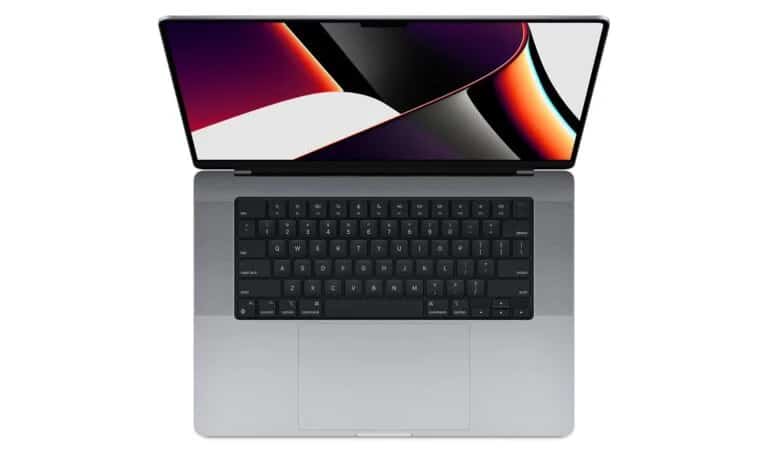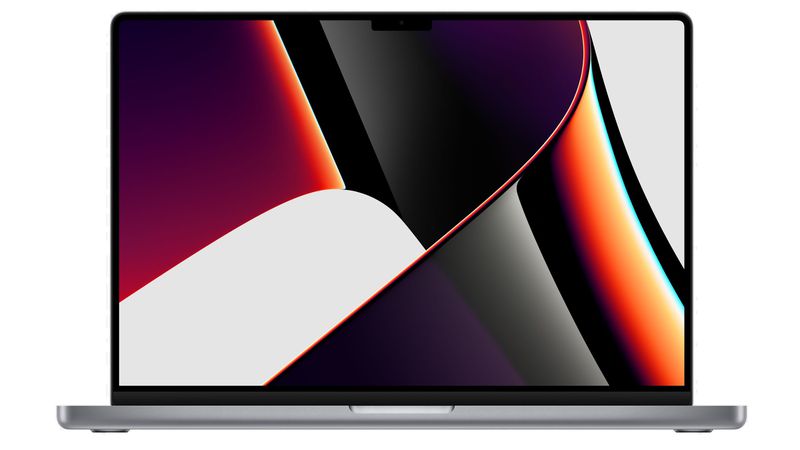Apple executives in an interview with The Wall Street Journal have finally given a reason for why Apple has once again delivered a miss on Face ID and touch screen support with the latest MacBook models.
The lack of Face ID is perhaps one of the biggest criticisms of the MacBook. Many have wondered if the tech feature would ever make it to the Macs following its debut with the iPhone X.
There had been talks about the feature arriving in the future but fans were in for a disappointment with the latest 14″ and 16″ MacBook Pros.
Both models featured notches very similar in looks to the one found on the iPhones but continued to lack Face ID. Apple’s Tom Boger, vice president of iPad and Mac product marketing, said the reason behind this was that Touch ID is more convenient on a laptop since your hands are already on the keyboard(via MacRumors).

Another topic of debate about the Macs has been touch screen support. People have speculated that it has been kept this way so that Macs don’t cannibalize iPad sales. John Ternus, Apple’s Senior Vice President of hardware engineering, has echoed this sentiment as well:
“We make the world’s best touch computer on an iPad. It’s totally optimized for that. And the Mac is totally optimized for indirect input. We haven’t really felt a reason to change that,” he said.

Boger and Ternus also addressed queries about missing upgradable RAM support on the latest Macs. Both Apple silicon 14″ and 16″ MacBook Pros feature deeply integrated RAM modules that can’t be upgraded at all, a bummer for those looking for extra memory following purchase.
The reason behind this was stated to be Apple silicon’s “unified memory architecture” that enables higher memory performance on Macs with ARM-based chips. Similar performance levels cannot be achieved if UMA is done away with just to make way for expandable RAM.
Also read:








